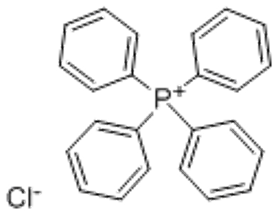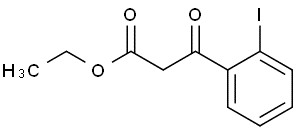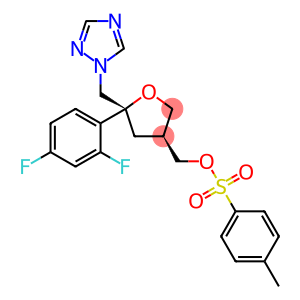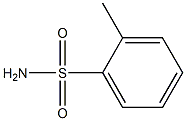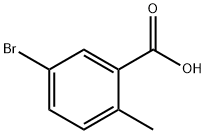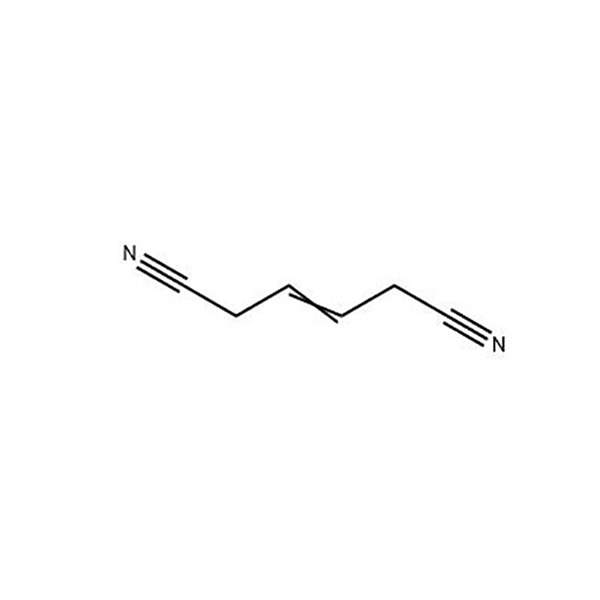Tetraphenylphosphonium Chloride(CAS# 2001-45-8)
Risk and Safety
| Hazard Symbols | Xi – Irritant |
| Risk Codes | 36/37/38 – Irritating to eyes, respiratory system and skin. |
| Safety Description | S26 – In case of contact with eyes, rinse immediately with plenty of water and seek medical advice. S36 – Wear suitable protective clothing. |
| WGK Germany | 3 |
| FLUKA BRAND F CODES | 3-10 |
| HS Code | 29310095 |
Tetraphenylphosphonium Chloride(CAS# 2001-45-8) introduction
Tetraphenylphosphine chloride is an organic compound. The following is an introduction to its properties, uses, manufacturing methods and safety information:
Quality:
Tetraphenylphosphine chloride is a colorless crystal with a pungent odor. It is soluble in organic solvents such as ether and chloroform at room temperature and insoluble in water. It is a strong reducing agent and electrophile.
Use:
Tetraphenylphosphine chloride has a variety of uses in organic synthesis. It is commonly used to perform reactions of phosphorus reagents, such as catalytic electrophilic addition and phosphorus reagent substitution reactions. It can also be used as a precursor in the preparation of organophosphorus compounds and organometallophosphorus complexes.
Method:
Tetraphenylphosphine chloride can be prepared by the reaction of phenylphosphoric acid and thionyl chloride. Phenyl phosphoric acid and thionyl chloride react to form phenyl chlorosulfoxide, and then phenylchlorosulfoxide and thionyl chloride undergo N-sulfonation under alkali catalysis to obtain tetraphenylphosphine chloride.
Safety Information:
Tetraphenylphosphine chloride is toxic and irritating. It is absorbed through the skin and has an irritating effect on the eyes, skin and respiratory tract. It is necessary to avoid direct contact with skin and eyes, and it is necessary to operate in a well-ventilated area. When storing, it should be kept away from fire sources and organic substances, and avoid contact with combustibles. When using tetraphenylphosphine chloride, protective gloves, protective glasses and protective masks should be worn.


